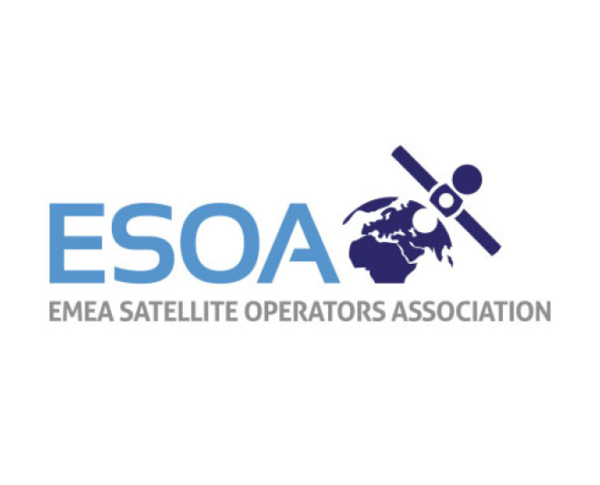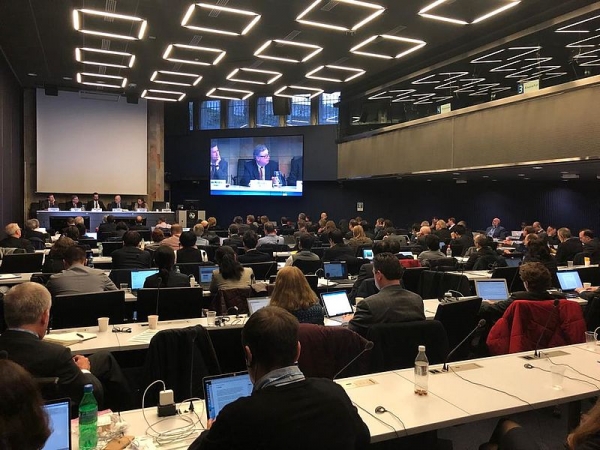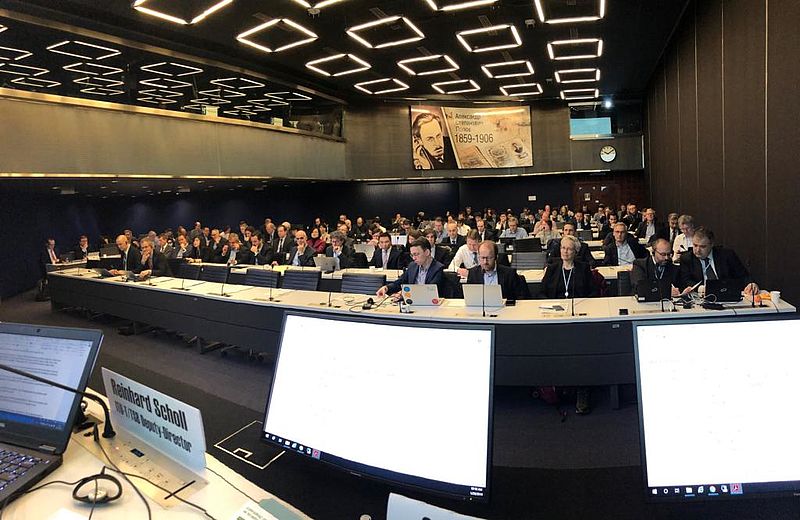NGMN Announces new Chairman and Board Members
Frankfurt, Germany – The Next Generation Mobile Networks (NGMN) announces its new Board Chairman and changes to the Board Members for the new term 2020-2022.
Emmanuel Lugagne Delpon, Group CTO of Orange and former Chairman of the NGMN Board hands over the reins to the new Chairman Arash Ashouriha, SVP Group Technology Innovation, Deutsche Telekom.
Under Emmanuel Lugagne Delpon’s direction, NGMN successfully initiated the enhancement of 5G within the ecosystem, and among others, initiated and published the 5G White Paper 2. Emmanuel Lugagne Delpon, said:”It has been a pleasure heading the NGMN Alliance as many operators launched 5G. As we continue to deploy and further develop 5G to maximize the benefit of its potential, our goal is to remain at the forefront of next generation mobile networks. Therefore, I gladly hand over the leadership to my highly respected colleague Arash Ashouriha, who will continue to strengthen and drive the NGMN Alliance forward.”
Arash Ashouriha said: “I am honoured to be taking over as NGMN Board Chairman during theses challenging but very exciting times for our industry. My goal is to continue enabling network operators to unleash the full 5G potential and to lead the Alliance into the future of next generation mobile networks.”
Anita Döhler, CEO, NGMN Alliance said: ”I would like to thank Emmanuel Lugagne Delpon for his great leadership and dedication over the past 2 years. We have a lot of work ahead of us and are confident that we will continue to follow the successful path with Arash Ashouriha’s direction and Deutsche Telekom as a strong member partner.”
The voting occurred unanimously during the Board meeting.
Notes to Editors
NGMN Board for 2020-2022:
Chairman: Arash Ashouriha
SVP Group Technology Innovation, Deutsche Telekom
Wolfgang Fleischer
Head of Network Virtualization, A1 Group
Bruce Rodin
VP Wireless Networks, Bell Canada
Howard Watson
Group CTIO, BT
Huang Yuhong
Deputy General Manager China Mobile Research Institute, China Mobile
Hey-Chyi Young
VP of Chunghwa Telecom Labs, Chunghwa Telecom
Joachim Gross
VP Planning & Engineering, 1&1 Drillisch
Paul Berriman
Group CTO, Hongkong Telecom
Tom Poelhekken
CTO, KPN
Anita Döhler
CEO, NGMN
Naoki Tani
EVP,CTO, EGM of R&D Innovation Division, NTT DOCOMO Inc.
Emmanuel Lugagne Delpon
Group CTO, Orange
Mark Chin Kok Chong
Group CTO, Singtel
Takki Yu
Head of Access Network Development Team, SK Telecom
Arvin Siena
VP and Head of Technology Strategy and Transformation Office of PLDT and Smart
Andrea Calvi
Head of Technology Evolution & Innovation, TIM
Thomas Helbo
CTO, EVP Technology, Tele2
Bernard Bureau
VP Network and Architecture Strategy, Chief Technology Office, TELUS
Ulf Ewaldsson
SVP, Chief Network Officer, T-Mobile US
Gediz Sezgin
Chief Network Technologies Officer, Turkcell
Michael Irizarry
EVP & CTO Engineering and Information Services, UScellular
Luke Ibbetson
Group R&D Director, Vodafone






